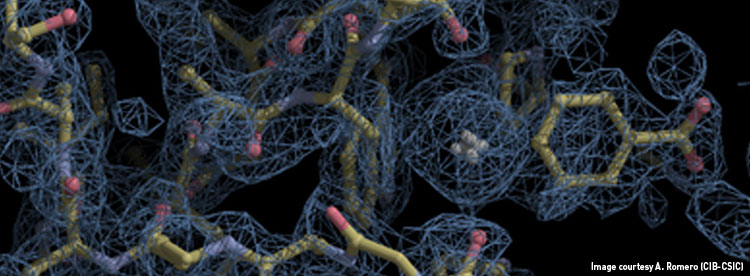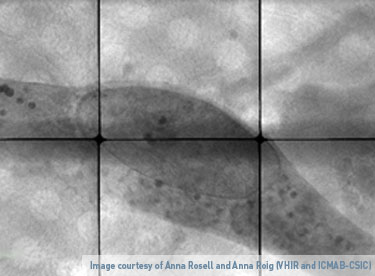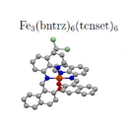
A research published in Advanced Materials studies the barocaloric properties of Fe3(bntrz)6(tcnset)6, a molecular material that contains a metal complex that undergoes an abrupt spin-state switching close to room temperature. This kind of materials, with giant calorific effect, are the best placed candidates to develop new efficient and environmentally friendly refrigerators that must replace current devices, which feature low efficiency and use hazardous fluids. Powder Diffraction measurements at high pressure and temperature were done at the MSPD beamline of the ALBA Synchrotron.
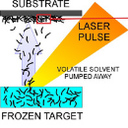
Researchers have used, for the first time, a combination of cerium oxide nanoparticles and manganese metal organic precursor in the laser targets for the synthesis of a hybrid material. The used laser deposition technique allowed the versatile fabrication of high-performance supercapacitor electrodes. Supercapacitors are important for their fast and reversible use of energy, high power density, long cycle life, low maintenance cost, and environment-friendly nature. Measurements at the MIRAS beamline of ALBA allowed the identification of the organic part of the composite, especially the chemical groups present at the structure of graphene and carbon nanotubes, which highly influence the functional properties of the material.

Scientist from Universitat Politècnica de Catalunya have studied the materials and methods used in the production of modernist (late 19th and early 20th century) stained glass from the city of Barcelona, with special regards to the degradation mechanisms. The results of the research are presented today by Martí Beltrán González in his thesis directed by Trinitat Pradell. The data obtained at MSPD beamline of ALBA was key to deciphering the structure and composition of the glazes used in the stained glass windows, as well as their state of conservation, with the aim of improving the preservation of this cultural heritage.
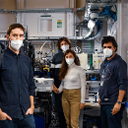
Plastic solar cells are comprised of two materials: a semiconductor polymer and another electron-accepting compound. To obtain the maximum performance from the solar cell, it is necessary that regions where the compounds are intermixed and regions where the materials are pure coexist. This new research presents for the first time an experimental methodology based on nanocalorimetry that allows quantifying the degree of intermixing of solar cells, a fundamental knowledge for the design of more efficient and stable devices. Some of the experiments were carried out in the ALBA Synchrotron's NCD-SWEET beamline.
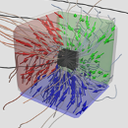
A group of scientists from the University of Oviedo and ALBA has been able to identify and measure for the first time the magnitudes of topological charges inside a thin ferromagnetic film, the most commonly used morphology in nanomagnetic devices. To achieve this result, the 3D magnetization inside the film was determined with magnetic tomography at MISTRAL beamline at ALBA.

